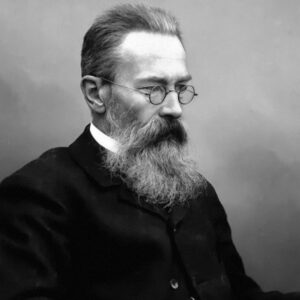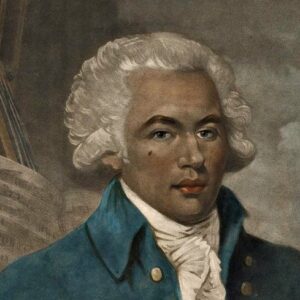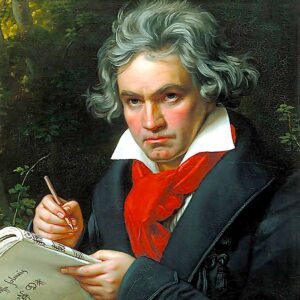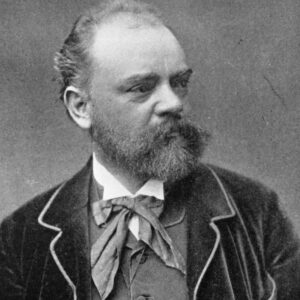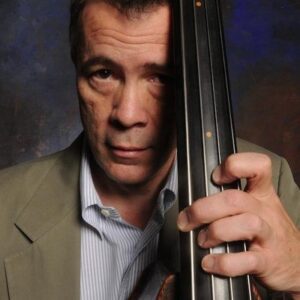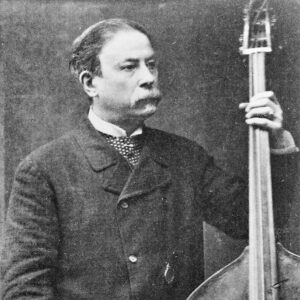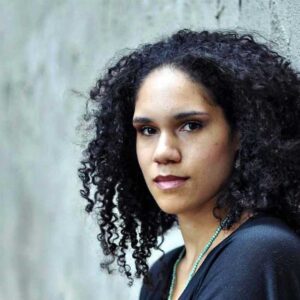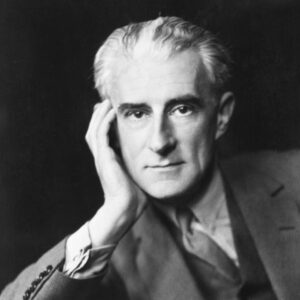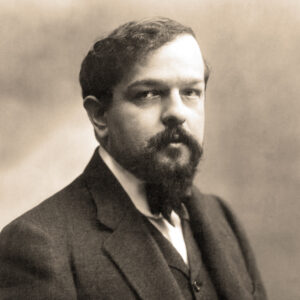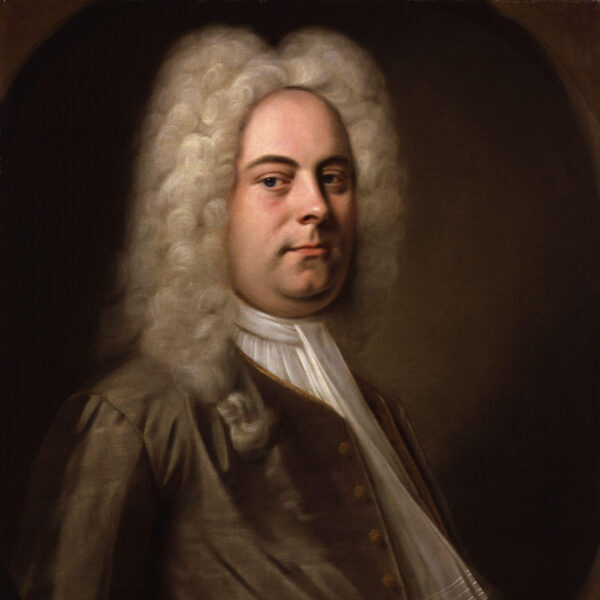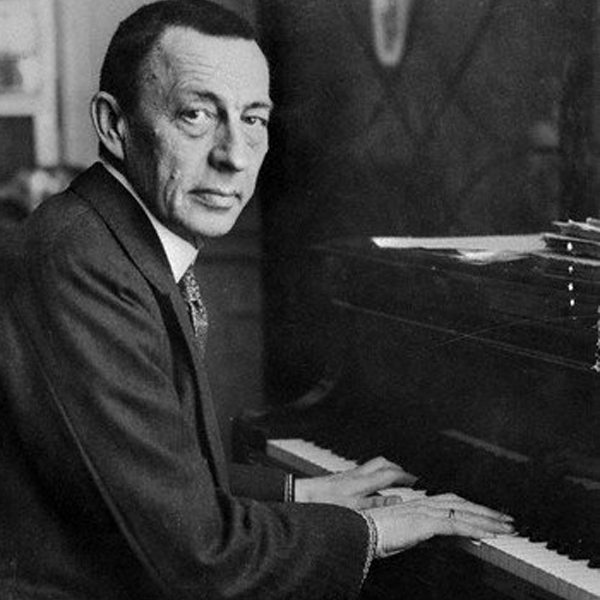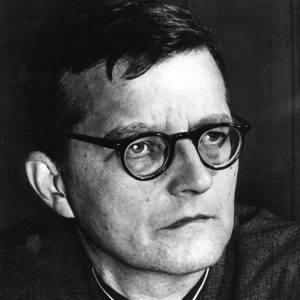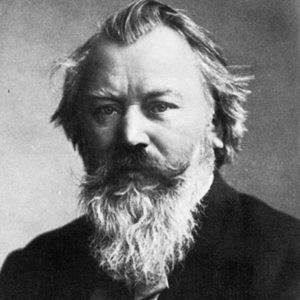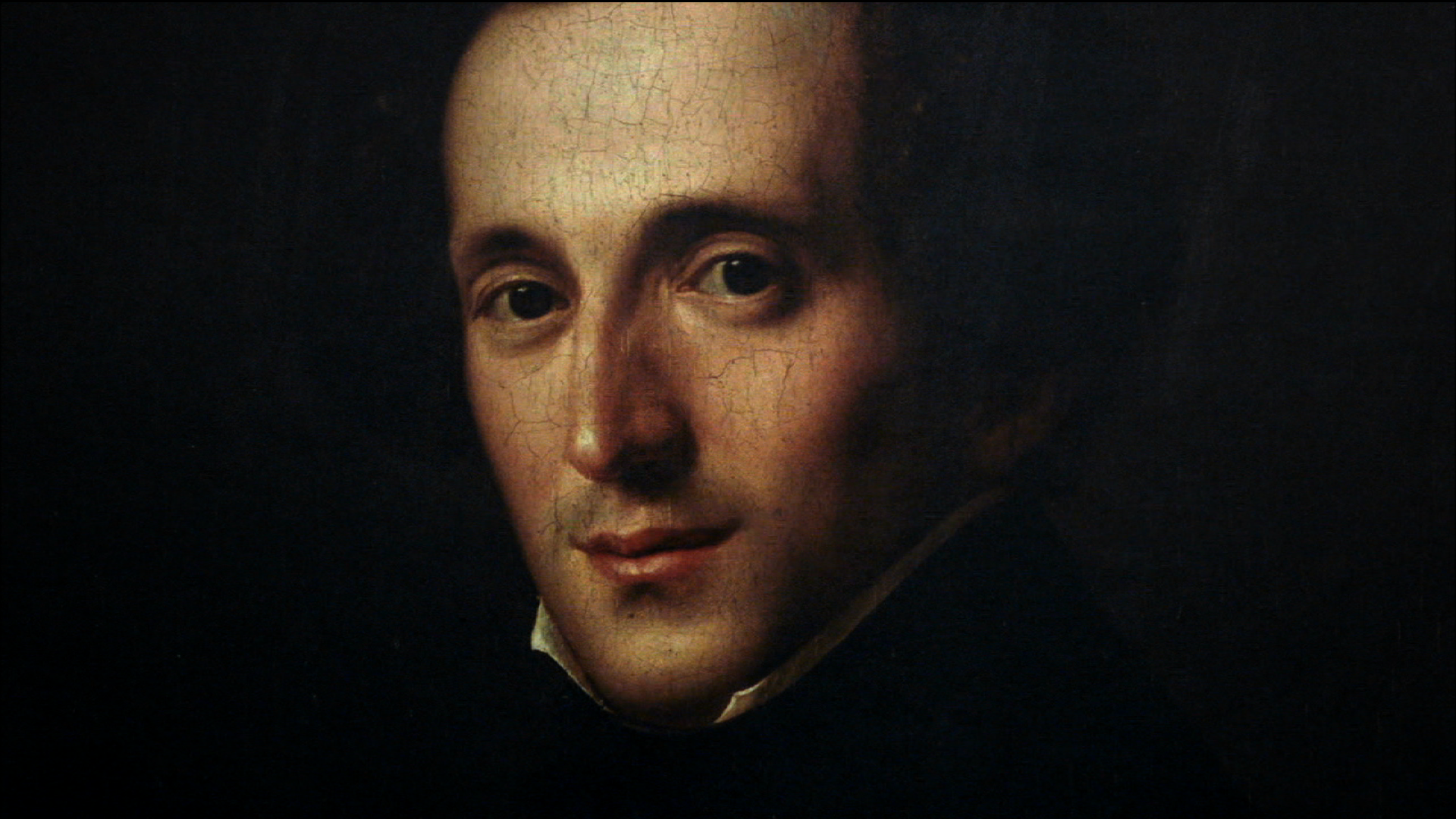
Felix Mendelssohn
Concerto for Violin & Orchestra, Op. 64
(Jacob Ludwig) Felix Mendelssohn (Bartholdy) was born, February 3, 1809 in Hamburg and died November 4, 1847 in Leipzig. Mendelssohn was an important composer of the Romantic generation and one of history’s first major orchestral conductors.
The Violin Concerto was first performed in Leipzig on March 13, 1845 with Ferdinand David as soloist and Neils Gade conducting the Gewandhaus Orchestra. It is scored for solo violin, 2 flutes, 2 oboes, 2 clarinets, 2 bassoons, 2 horns, 2 trumpets, timpani, and strings.
One of the greatest concertos ever penned for the instrument, Mendelssohn’s masterful Violin Concerto, composed between 1838 and 1844, is the fruit of his maturity. The work owes its existence thanks to the special working relationship that the composer enjoyed with the leader (concertmaster in today’s terms) of the Gewandhaus Orchestra, Ferdinand David. While at work on the Violin Concerto, Mendelssohn was invited in 1840 by Friedrich Wilhelm IV, the King of Prussia, to head the Royal Academy of the Arts in Berlin, a post that at first the composer was reluctant to accept. Mendelssohn preferred Leipzig to Berlin, the city in which he was raised, and he did not wish to part company from his friends at the Gewandhaus Orchestra, chief among whom was David. Nevertheless, Mendelssohn took up the new post in 1841, a move that he grew to regret. He was unable to extract himself from Berlin until 1844, by which time he was able to complete work on the Violin Concerto.
Mendelssohn himself played the violin and had much earlier in life composed another Concerto for Violin (in D Minor, rarely performed) as well as a Concerto for Violin and Piano (also a rarity in symphony concerts), but neither work can compare to the present one. Conceived in the traditional three movements (played without pause), the Concerto for Violin is filled with inspired moments and wonderful themes. The first inspiration comes at the very beginning of Allegro molto appassionato, where the soloist enters almost immediately over an undulating figure in the orchestral violins and the insistent pulse of the timpani and lower strings. Upon David’s recommendation, the soloist sings its soaring melody on the E string, the violin’s highest. Another such moment comes with the superbly crafted and fully written out cadenza at the end of the development section. Towards the end of the cadenza, the solo violinist plays a series of arpeggios over all four strings, as the orchestra stealthily returns with the opening theme, marking the onset of the movement’s recapitulation.
At the movement’s end, the bassoon sustains a single note that connects to the lovely central Andante, a movement that features two themes. One of the great inspirations here may be found in the second theme, where the violin accompanies itself as it engages in dialogue with the orchestra. The exuberant finale begins with a short Allegretto non troppo introduction that evokes the mood of the first movement, almost as a wistful recollection. This soon yields to a sprightly scherzo-like Allegro molto vivace, a fine example of Mendelssohn’s quicksilver mood that one also encounters in some of his other works, such as the Overture and Scherzo to Shakespeare’s “A Midsummer Night’s Dream,” and the Scherzo (third movement) of his Trio no. 1 for Piano, Violin, and Violoncello. Also characteristic of Mendelssohn’s style is the insertion of cantabile lyricism in the midst of the finale’s brilliant virtuoso fireworks.
Program Note by David B. Levy © 2013/2016/2022

